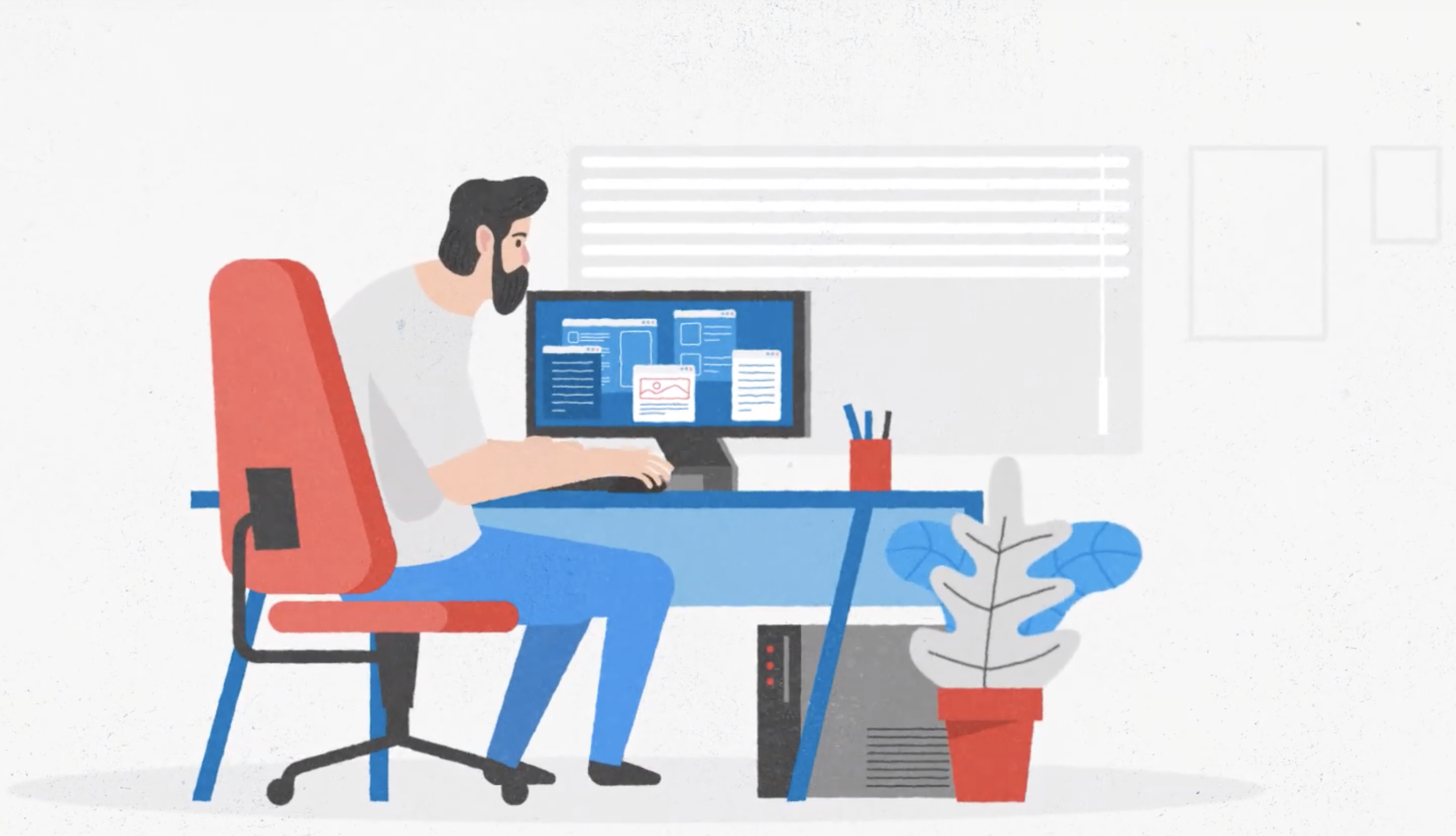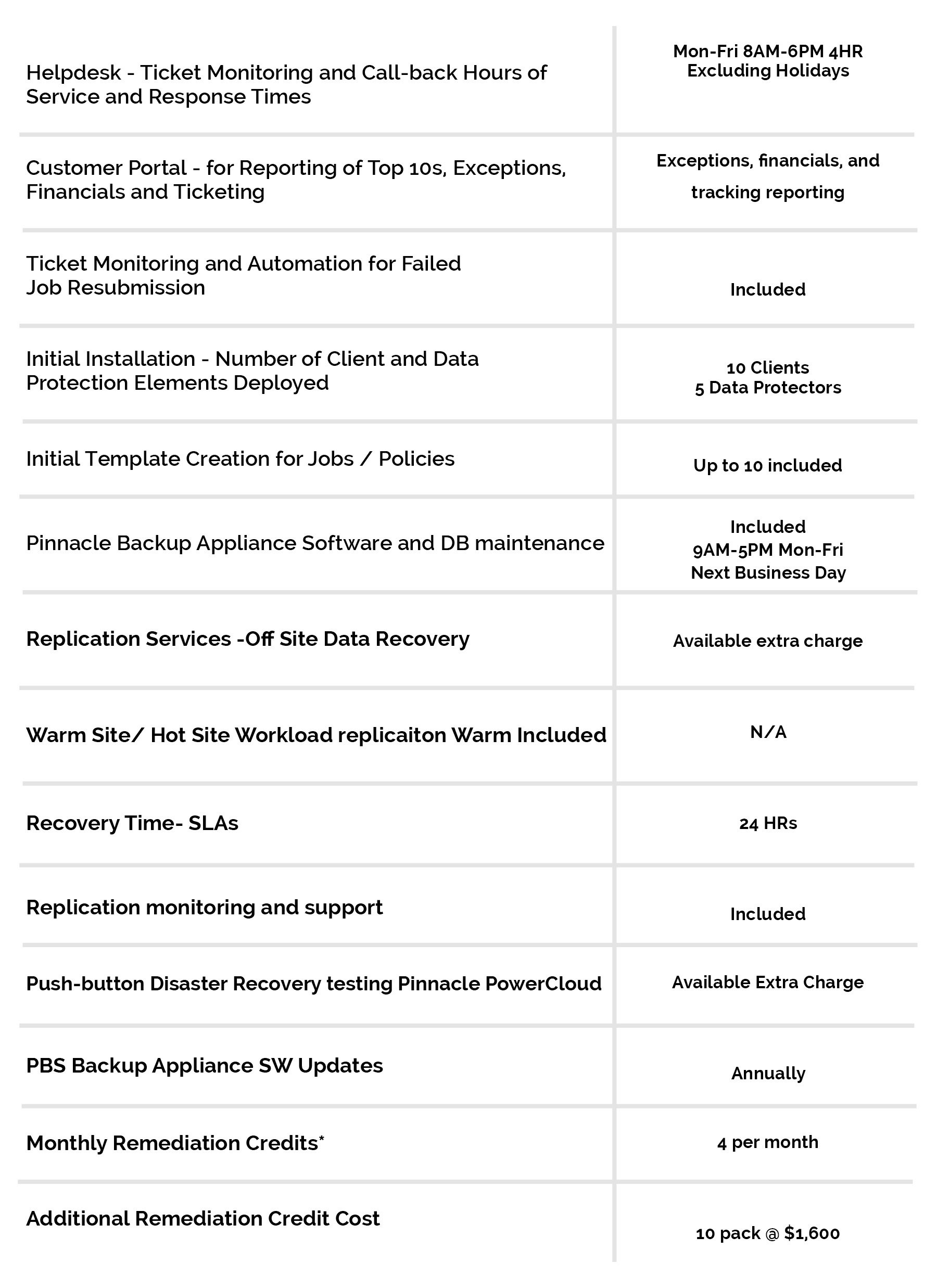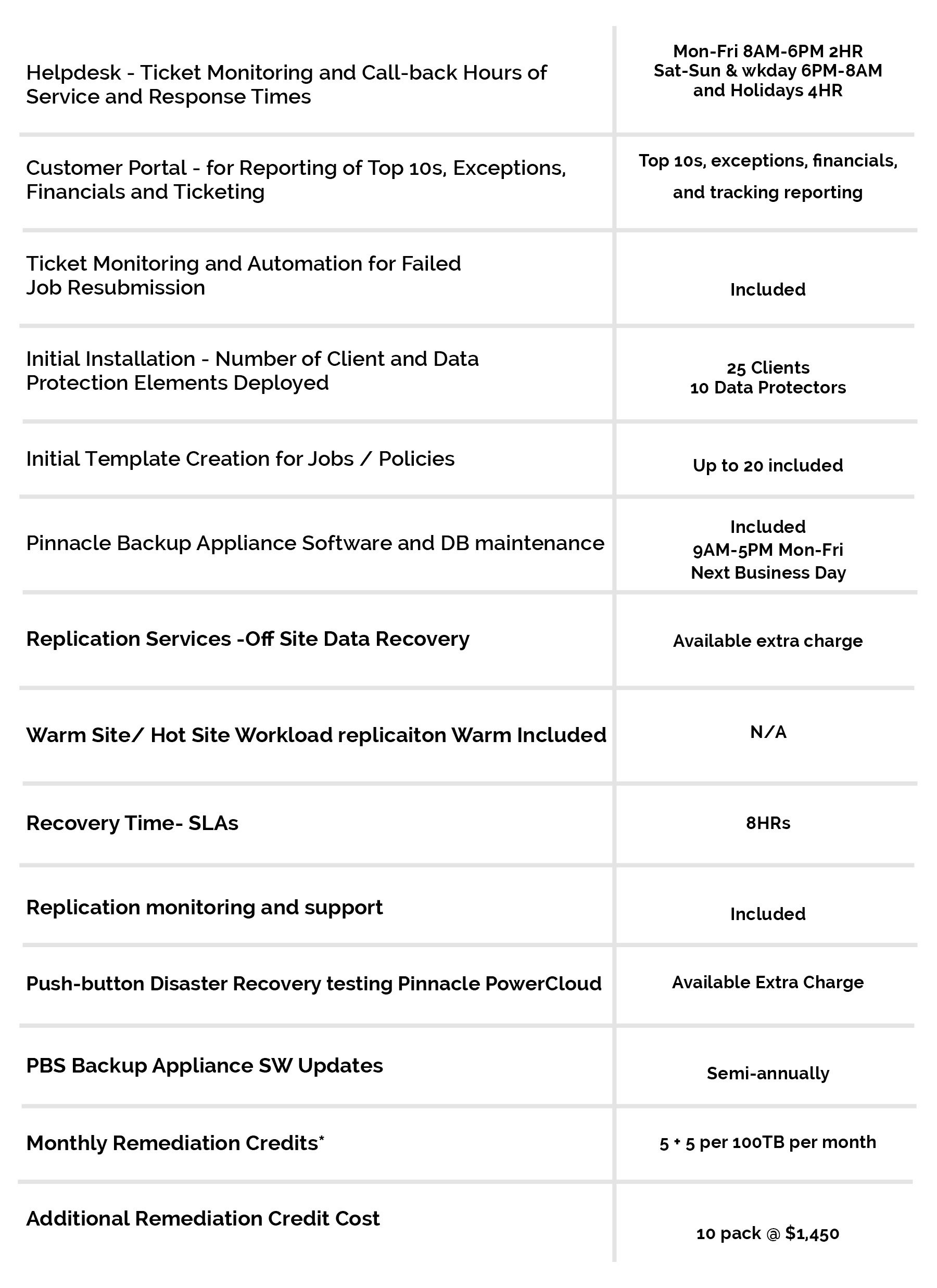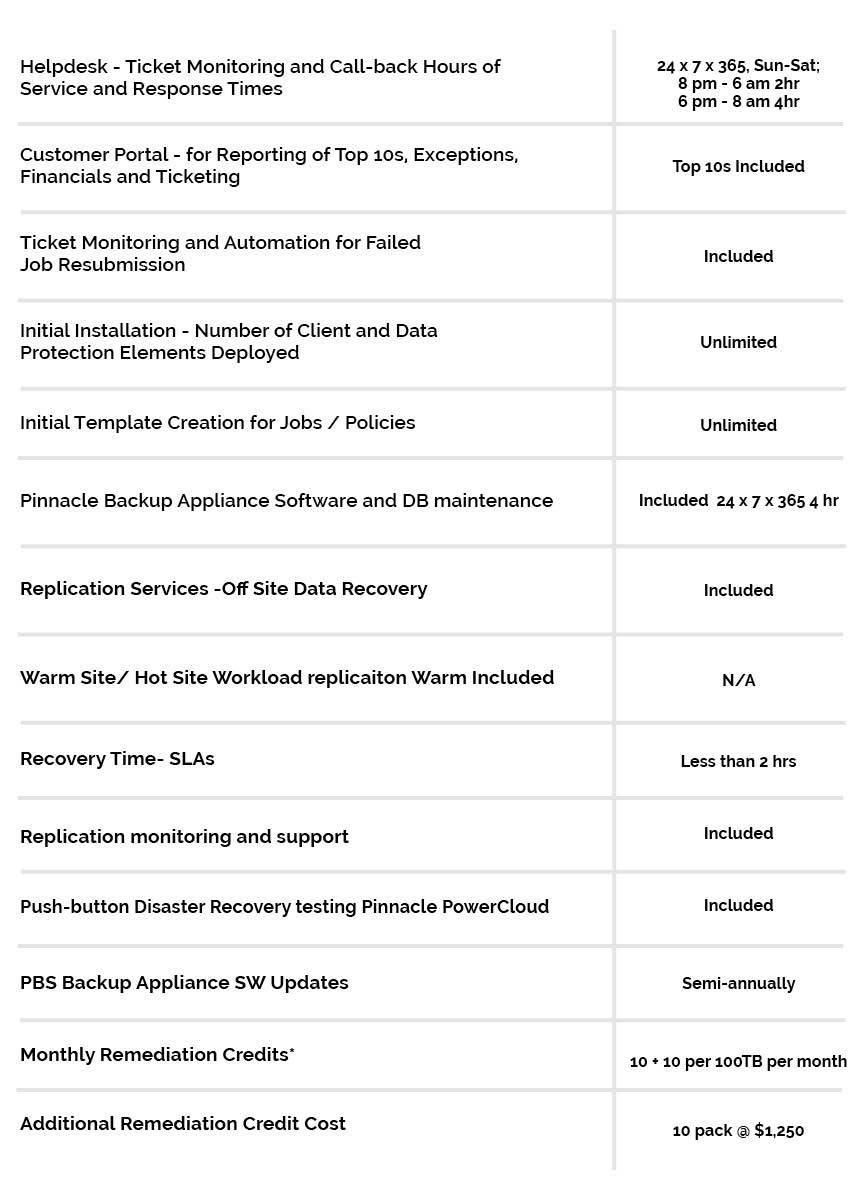21 Feb What to consider with your data backup and disaster recovery
A lack of planning when it comes to your business’s data backup and recovery strategy can put you in hot water should a disaster strike. According to current statistics, an IT outage – like those that can result from inclement weather, an unauthorized intrusion or other types of disaster – now costs the average business $12,500 each day. And this figure doesn’t account for other, more immeasurable costs like impacts on customer loyalty or the overall brand image.
Extended downtime, or a lack of access to important data, can also result in much more than expensive costs. One study found that half of the companies that lost access to their data for 10 days or more had to file for bankruptcy within the same year.
These potential negative consequences underscore the importance of proper data backups and disaster recovery, critical elements for any sized business today. Let’s take a closer look at planning in this area, and what you and your stakeholders should consider.
Is data protected?
One of the first and most important elements to think about here is data protection. Creating backups to support disaster recovery won’t be much help if this information is somehow exposed, or compromised.
In this way, it’s imperative that stakeholders ensure that robust encryption, along with other protections, are in place. This includes both regular data, as well as backups or copies stored outside the organization’s on-site infrastructure.
Where are backups stored?
Speaking of backups, it’s also important to think about where these assets will be stored and how the organization will ensure efficient and secure access.
One best practice to consider here is the 3-2-1 Rule, which advises having three separate copies of data, stored across two different types of media, including one off-site copy. In this way, should one system become inaccessible, or one copy of data compromised, the organization still has other recovery options to fall back on.
Are you sure your plan will work?
Once you’ve outlined the locations in which data will be stored, as well as the protections in place to ensure its security, there’s one more often-overlooked element to consider: testing the plan. After all, a backup and recovery strategy that has gaps in its execution or flaws that prevent efficient and effective access to data won’t be much help in the event of a disaster.
“Make sure your provider regularly tests its plan for emergency preparedness, response and recovery through live exercises during normal operations,” Forbes Technology Council member Mike Fuhrman advised. “There’s no such thing as being too prepared.”
Support from the experts: Backup and Recovery-as-a-Service
One of the most successful ways to ensure that your organization is prepared in the event of a disaster – and can confidently avoid issues like high IT outage costs or subsequent bankruptcy – is to leverage the expertise of an industry-leading solution provider.
Pinnacle’s Backup and Recovery as a Service includes strong encryption to protect data, customizable retention policies, onsite as well as cloud backups and cost efficiency. Check out our video, and connect with Pinnacle today to learn more!






